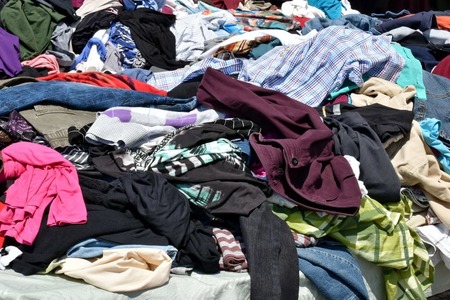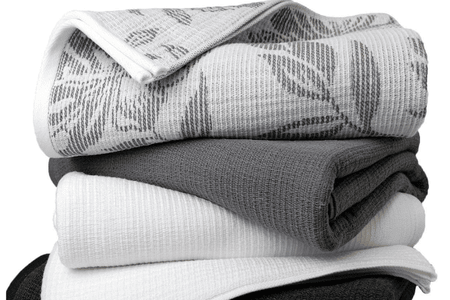Weakening yuan likely to create threat to Indian apparel exporters
YarnsandFibers News Bureau 2016-01-12 17:00:00 – AhmedabadIndia has its strength in the value-added, hand-embodied, casual fashion garments consisting of small orders, whereas China has its strength in high value, basic garments. The depreciation of Yuan, if continued further, after yarn, the Indian apparel exporters would face a potential threat as both the countries have access to the common markets of US and European Union, according to Rahul Mehta, President International Apparel Federation and Clothing Manufactures' Association of India.
Already, till December, apparel exports had been growing at a rate of 7-8% against the anticipated 13-15%. Much of the fall in exports growth rate is being attributed to decline in Indian apparel exports to markets like China, Europe and the US due to overall economic slowdown.
Of the total $40 billion worth textiles and clothing (T&C) exports from India, apparel exports are worth $16 billion, while yarn, fabric and made-ups put together amount to $21 billion.
The weakening of yuan by 3% and apprehensions of further depreciation of Chinese currency has sparked concerns for the Indian textile industry as China is a major competitor of garments and made-ups and importer of cotton yarn from India.
Raman Saluja, the managing director of Ludhiana-based SEL Manufacturing Company said that the garment and made-up exporters from India are expecting stiff competition in the global markets if China continues its depreciation spree. He diverted his business to other parts of the world in the last few years owing to a low demand from China, but the present move by the largest Asian economy may upset the plans of the Indian exporters.
Their exports are in most parts of the world except China, but cheaper exporters from China may render them uncompetitive in the existing markets. Owing to the slowdown in Europe, their realizations have already been hit by 10-15%. They have the lowest cost of production and cannot trim it further so in this situation, they are helpless, Saluja added.
According to industry experts, while cotton yarn will see the highest impact, the domestic apparel is likely to remain immune to impact from the Chinese currency depreciation. China is not only a competitor, but also a major buyer, especially for cotton yarn, which is why the vertical will see impact. This may be offset if China continues to buy from India, said Sanjay Jain, managing director of TT Ltd.
Daman Oswal, director of the vertically-integrated Nahar Industrial Enterprises Limited in the past few months has reduced its exports to China focusing more on domestic market. They are bleeding and in some segments operating at razor thin margins. But the competition is going to be fierce in global market as Chinese manufacturers have an immense support of government. They may also resort to dumping in order to utilize their capacities.
According to Oswal, it was now high time the government revisited its decision of excluding spinning industry from the interest subvention of 3%.
The withdrawal of focus market scheme, duty drawback and interest subvention accentuated the challenges of Indian textile exporters and Yuan depreciation may be the last straw in the camel's back.
Market Intelligence
Ask for free sample Report

experience
Customer Base
dedicated team
Countries Served Worldwide









